6 hidden places pests love to harbor their young – pest control experts reveal how to stop colony growth in your home
You can stop pests breeding in your home


No one wants to share their home with uninvited guests, especially when those guests are pests breeding out of sight.
While you may think your home is secure, many indoor pests are experts at finding hidden, cozy spots to raise their young. These secret spaces provide warmth, shelter, and easy access to food – creating the perfect conditions for an infestation.
Knowing where they love to hide and how to disrupt their breeding grounds is key to keeping your home pest-free.
1. In walls

Keeping sight of your walls and using negative space when organizing your storage in pest-prone places such as pantries will help you keep ahead of any signs there are pests in your walls.
Rodents, ants, and termites are notorious for nesting within wall cavities. These spaces offer protection from predators and easy access to food through electrical conduits and pipes.
Daniel Baldwin, board certified entomologist at Hawx Pest Control, says, 'Rodents can nest within the walls of your home, especially if there's an opportunity for mice to get in, such as a small crack or hole.
'The walls within our homes provide strong protection against predators and threats from humans, cats and dogs. They’re completely out of sight and unlikely to ever come into contact with a predator unless they venture out. Walls also provide warmth which allows rodents to keep their nest at a stable, warm temperature to bring up their young.
'Food sources may be easily accessible, especially if rodents have built nests inside kitchen or pantry walls. Nest building materials are relatively easy to come across too within walls, as rodents will use anything from paper to various insulation types for their nests.'
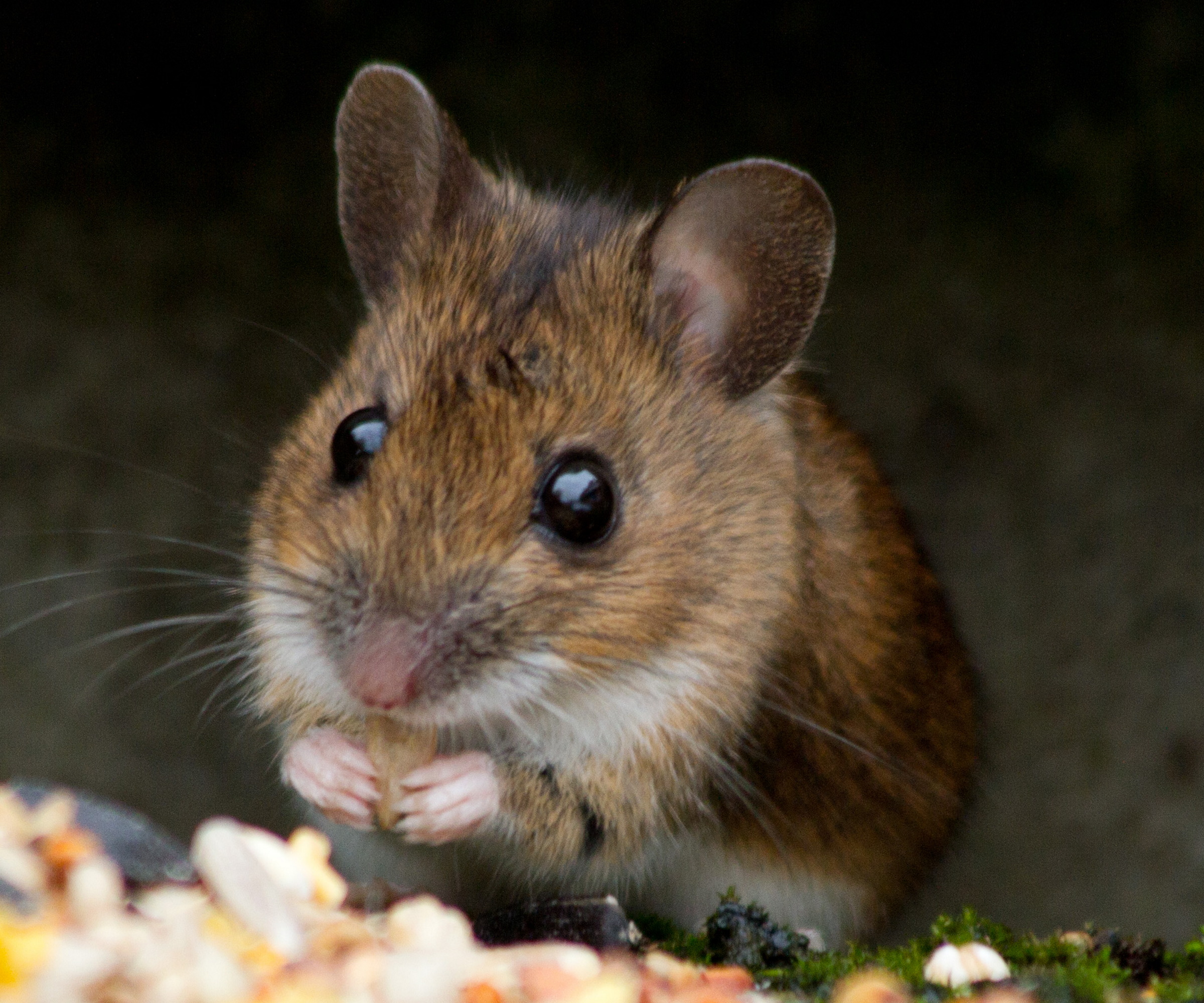
Telltale signs of mice infestations in your walls, or rats for that matter, include scratching or scurrying sounds at night, droppings near baseboards, and small entry holes. Rodents can cause a vast amount of damage if they’re nesting within the walls of your home, from chewing through electrical wires, creating larger entry holes and even gnawing on food that could cause structural damage.
It's a perfect spot to harbor young as it is sheltered, protected, not easily visible or accessible and dark. Heating pipes also often run through them, making them extra toasty and cozy for pest harborage.
To flush them out, you can seal any cracks with waterproof Gorilla sealant available at Walmart, install mesh over vents, set humane rodent traps or ant bait balls both available at Amazon, or hire professionals.
Baldwin says, 'It's really difficult to pinpoint exactly where rodents are nesting within the walls, whether there’s more than one colony and how much damage they have caused. With these factors in mind, it's worth considering calling a professional pest control expert to analyze the infestation and eradicate the problem quicker than doing it yourself.'
Here are Baldwin's top tips for preventing future infestations:
- Repair cracks and holes: Close up all potential entry points and if you see cracks or holes in your interior or exterior walls, repair them as soon as possible.
- Store food correctly: Rodents are attracted to harbor their young in places near food sources, such as the kitchen or pantry. Store your food in sealed containers with tight lids (this set of BPA-free lidded containers from Walmart will work nicely) to cut off a breeding pest's vital resource.
- Clean up regularly: Make sure you dispose of garbage and food waste correctly and quickly. Alongside this, declutter your home, particularly in kitchens, organize your attic or garage where pests are attracted for harborage.
Baldwin adds, 'Don’t be tempted to put poison in cracks or holes within walls if you suspect they’re harboring rodents. Doing this can cause them to go into your walls and die, causing terrible smells that are extremely hard to get rid of.'
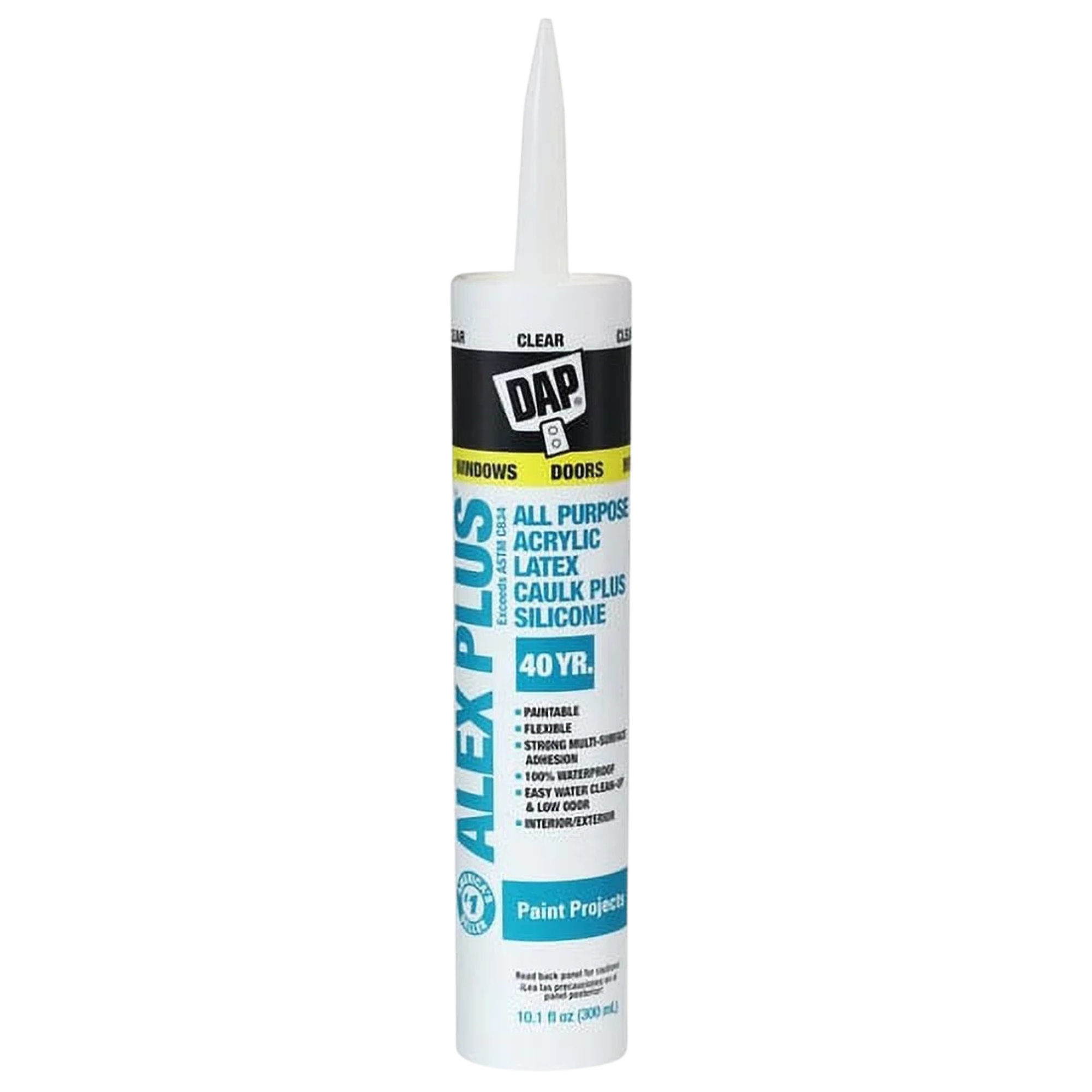
This versatile and affordable caulk comes in a 10 oz cartridge for easy application, and is a great option for sealing up those small gaps allowing mice or other pests access to your home or attic when they're looking for a safe new breeding ground.
2. In clothing
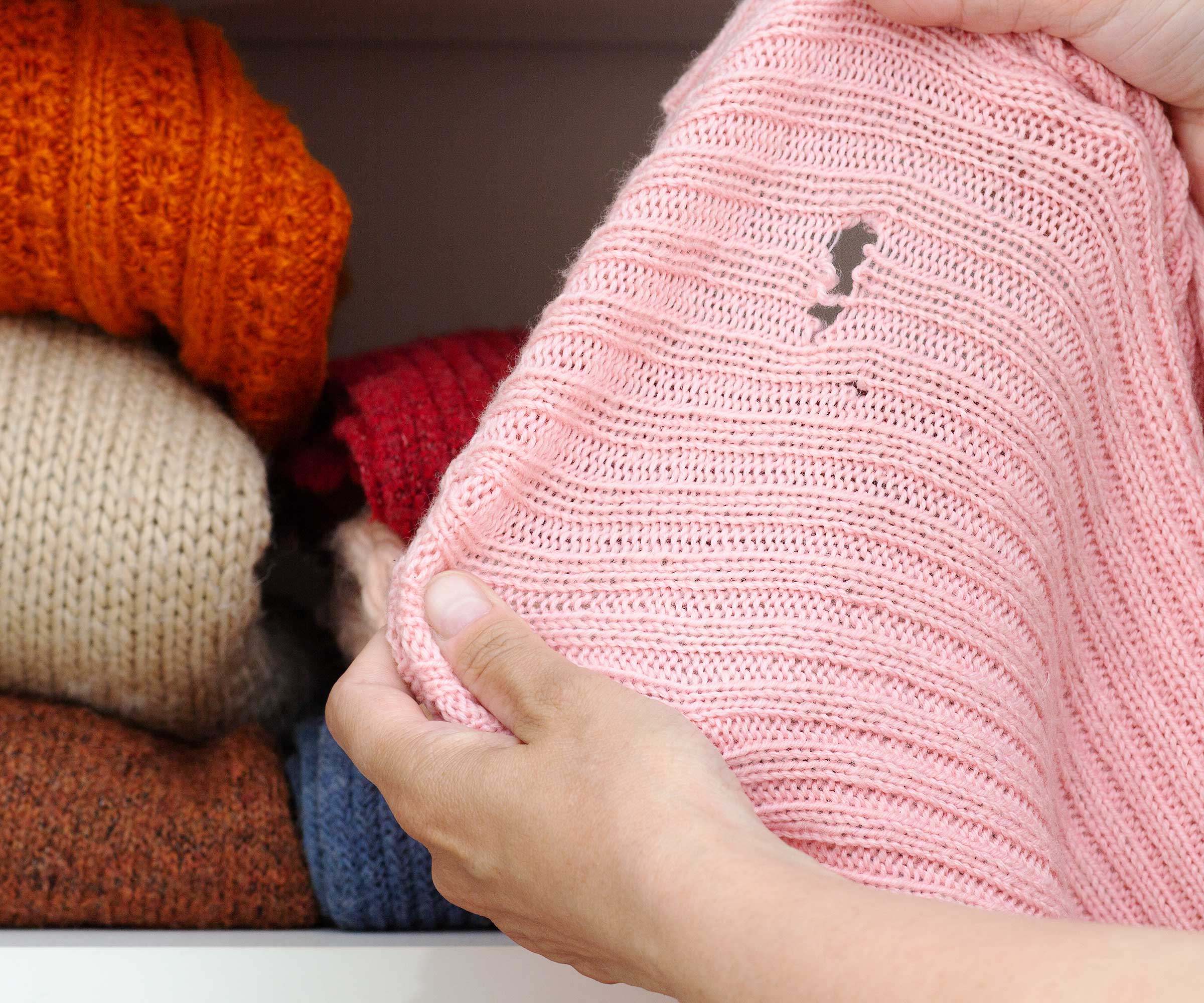
Moths can cause visible damage to clothes in your closet or in storage.
Closets and drawers provide dark, undisturbed environments that attract breeding pests so watch out for signs of moths, silverfish, and carpet beetles. These insects feed on natural fibers like wool and cotton, often leaving behind holes and a musty smell and with an abundance of this food resource in closets, keep a keen eye out for larvae cases, tiny feces, or irregular fabric damage. It's always handy to have a multi-insect trigger spray on hand too, such as the Zevo Anti Roach & Fly Spray, available at Target, which can combat 20 different types of bugs.
Baldwin says, 'When you discover moths, throw away any fabrics that show obvious signs of infestation and remove them from your home immediately to prevent any moths or their eggs from escaping into other areas of the home.'
Baldwin warns against using mothballs, due to their persistent, unpleasant smell, and the fact they're unsafe for children or pets.
To prevent future infestations, Baldwin advises to find and block entry points using a flashlight to inspect cracks or look for damage. Similarly, use sticky moth traps, available at Amazon, and replace every one to two months.
He also advises to:
- Wash fabrics on a hot-water cycle: To get rid of hidden moths, larvae, and eggs, check the care label first, then run your fabrics through a hot-water cycle on your washing machine for at least 30 minutes. The high temperatures will eliminate the pests and their larvae, but first make sure your clothing or household fabric can withstand the heat to avoid any permanent damage. There are some items you should never put on a hot wash including silk.
- Create a regular cleaning routine: Regular cleaning routines, such as vacuuming carpets and flooring, dusting and wiping down surfaces, airing out carpets and curtains seasonally, and rotating stored clothing regularly, can all help disrupt moth mating and laying eggs, and prevent them from causing damage to your belongings.
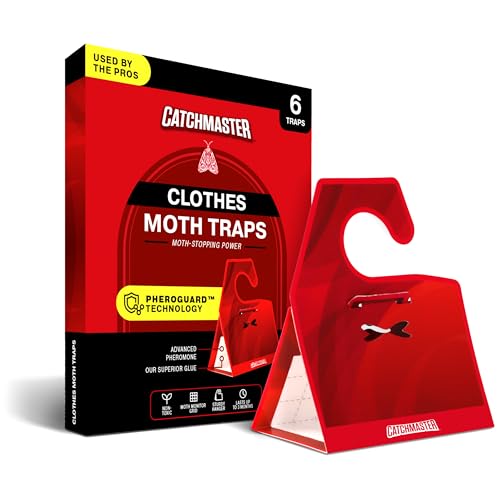
These easy-to-use, odorless traps are highly effective against two of the most prolific clothes moths: webbing clothes moths and case-making clothes moths. Pheromones attract moths within a 12 ft radius, then a 'moth monitor grid' makes it easy to count those caught and determine the level of infestation.
3. Under the kitchen sink

The moist, dark environment beneath your kitchen sink is ideal for cockroaches, ants, and even drain flies to create a harborage. Leaky pipes and food crumbs provide everything these pests need to grow their colonies. Signs include foul odors, shed skins, or droppings. Ants in particular love moisture-prone areas as they need water for harborage, and cockroaches can survive on condensation alone when a flow of water is absent.
Brett Bennett, director of operations at PURCOR Pest Solutions, says, 'This is a common place for cockroaches, in particular, to lay their eggs. If you find cockroaches here, your best bet may be to call a pest control pro. That's because they can be such a threat to your health, especially since they are in your kitchen.'
Ants, cockroaches and flies are among the most common indoor pests, but there are ways to discourage them from setting up shop under your sink. Firstly, fix any leaks promptly to eliminate moisture, and clean regularly to remove food particles. Use airtight containers for food storage and avoid leaving pet food out overnight. Natural repellents like citrus peels or bay leaves can also deter pests from settling back in. You can also make a cinnamon oil for cleaning, which doubles up as an effective deterrent as it's a smell rodents hate, alongside many insects.
Bennett adds, 'Keeping your kitchen super clean and not neglecting these hard-to-see spots is arguably the best preventative measure you can take.'

These small glass storage boxes with a tight seal are an eco-alternative for leftovers that keep food fresher for longer, and prevent unwanted pests being drawn to your kitchen. Glass is a brilliant swap to make a home less toxic.
4. In potted plants
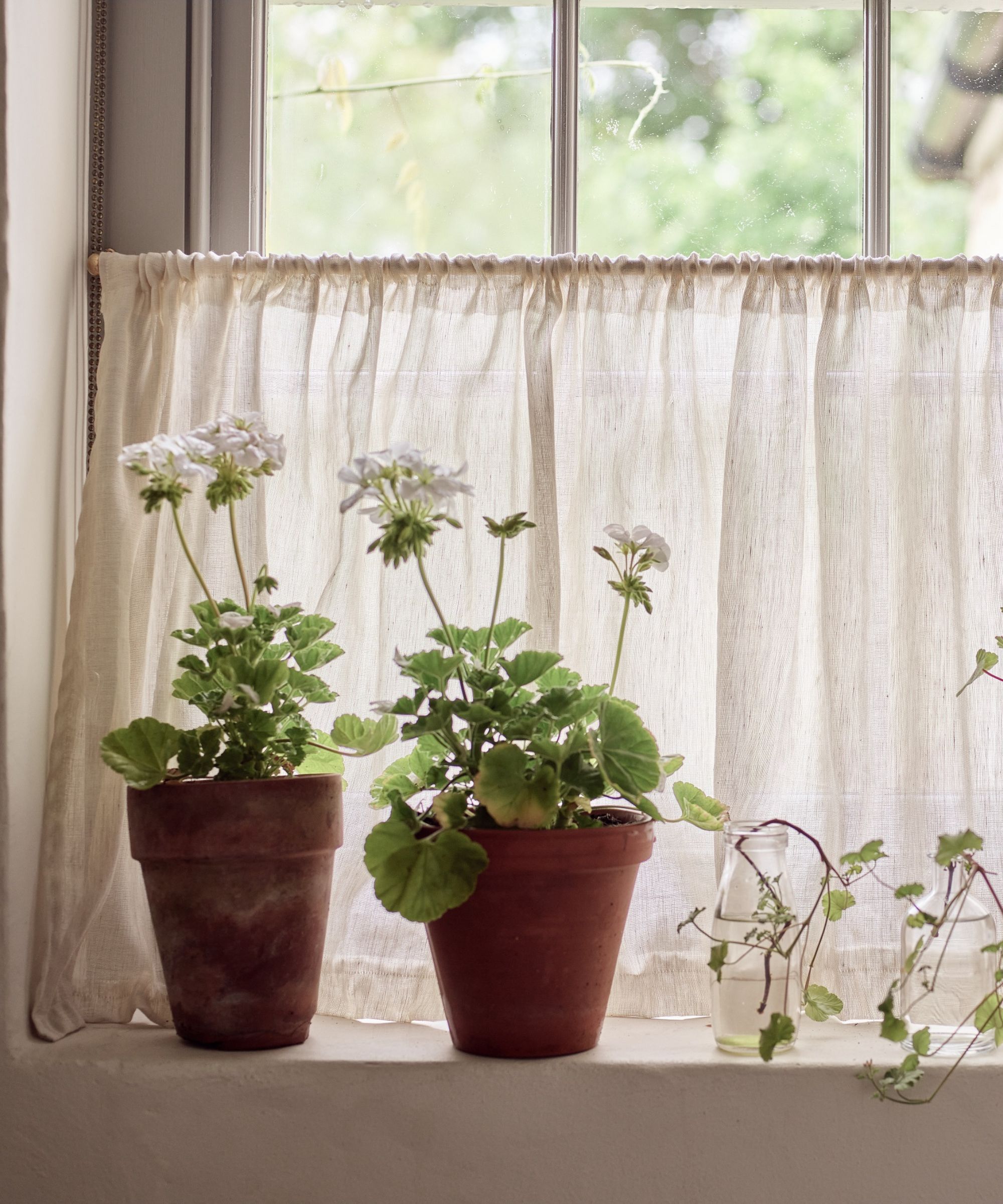
Fungus gnats, aphids, and spider mites often find refuge in the damp soil of indoor plants. Over-watering or decaying organic material makes your plants a prime breeding ground. Watch for tiny flying insects around your plants or sticky residue on leaves.
Baldwin says, 'For severe ant infestations in plant pots, re-potting with fresh soil is an option. Carefully remove the plant, shake off excess soil from the roots, and rinse them with water to eliminate any live ants or eggs. Thoroughly clean the pot before re-potting with fresh, pest-free soil. Relocate the plant to a new area to deter ants from returning.
'Ant baits are an effective way to eliminate ants without harming plants in your yard. The bait stations, which usually contain a mixture of sugar and borax, attract and kill the ants. Place these stations near the affected plant, not inside the pot, to avoid damage. Keep the ant baits out of reach of children and pets, as borax can be toxic.'
Allowing the soil to dry between watering and ensuring good drainage are effective ways to deter pests breeding in potted plants. Remove dead leaves regularly and consider using natural pest deterrents like neem oil, citrus peels or insecticidal soap. Adding a layer of sand on top of the soil can also discourage pests from laying eggs.
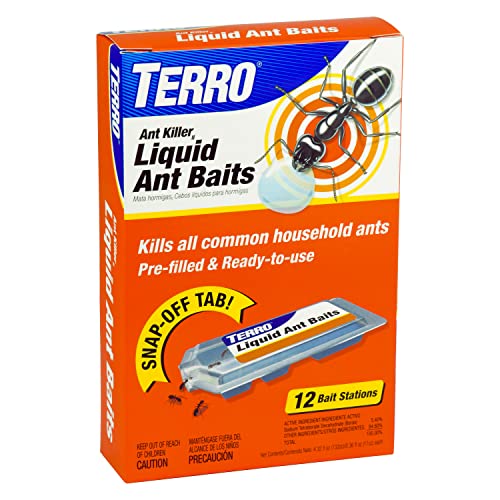
These handy bait stations – which come in a pack of 12 – attract and eliminate all common household ants including acrobat, crazy, ghost, little black, odorous house, pavement, and other sweet-eating ants.
5. In attic insulation
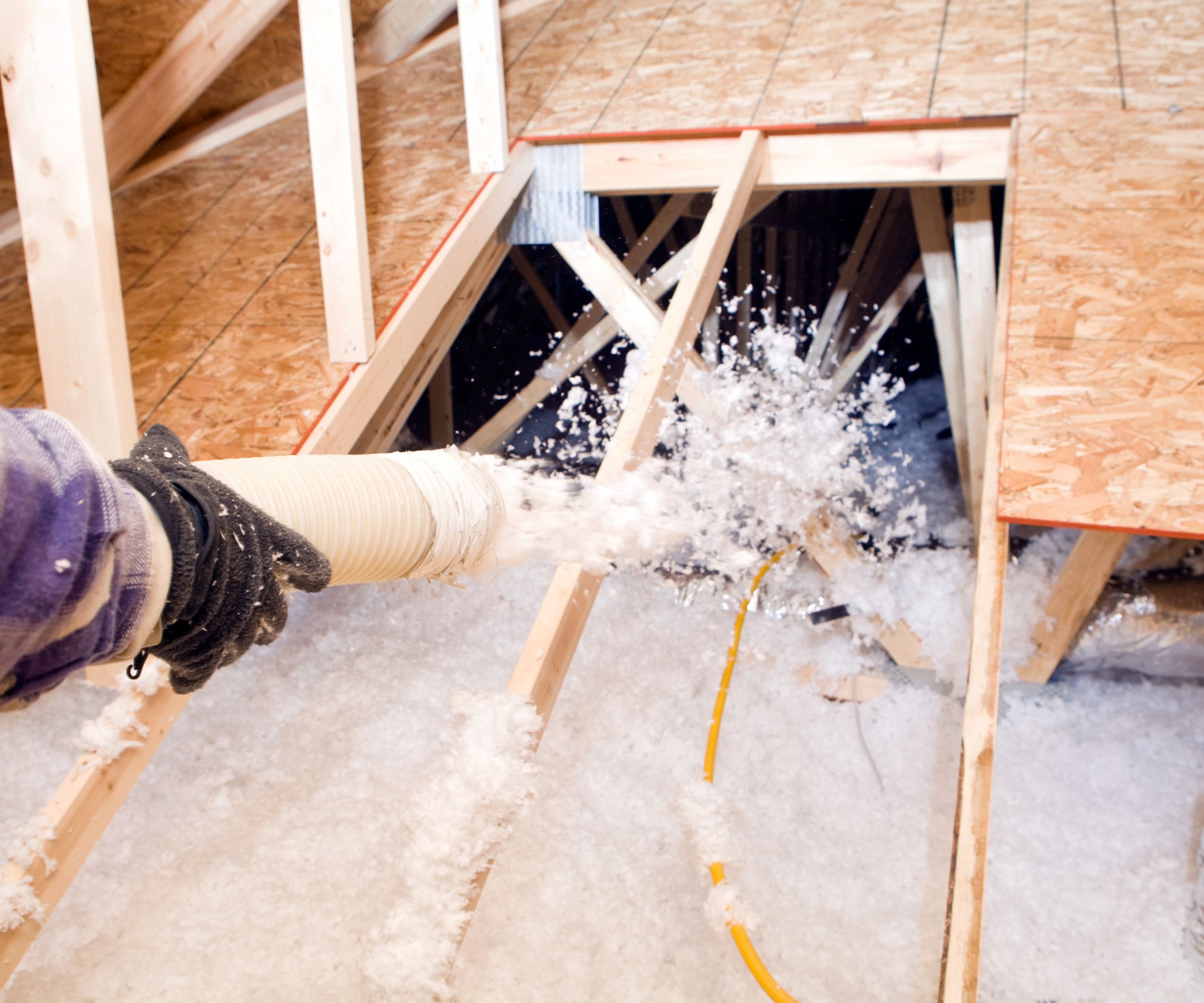
Brett Bennett says, 'You might find mice and their babies here. They can often even gnaw through materials to get into your home, even if you’ve done a good job sealing off entrances. Attic insulation is a prime nesting material as mice prepare to have their babies.'
Attics provide warmth and quiet, making them perfect nesting spots for mice, squirrels, and even bats. Insulation is often shredded to build nests, and droppings may accumulate over time. Scratching sounds and chewed wires are among the most common telltale signs you have mice in your home.
Bennett says, 'Mice, in particular, will gladly seek shelter in your home to escape cold temperatures throughout the winter. Even if you've done a good job sealing off entrances, mice can often even gnaw through materials to get in. Attic insulation is a prime nesting material as mice prepare to have their babies.'
To get rid of mice, and deter pests, seal entry points like vents and gaps, install screens, and regularly inspect insulation for signs of disturbance. Setting humane traps or hiring a pest control professional can address severe infestations. Our guide on how to prevent mice getting into your home has more handy tips and tricks to stop these invaders.
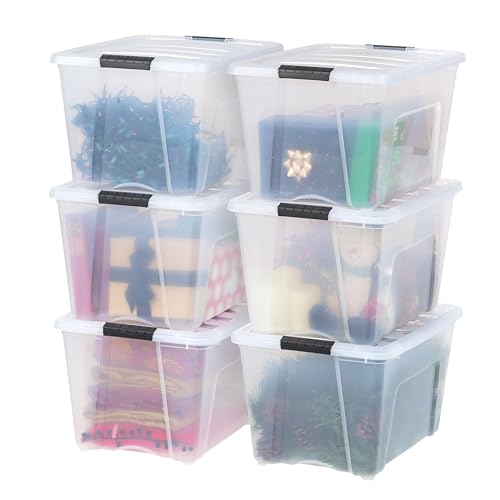
Storing your attic items in air-tight lidded plastic boxes like these, rather than in cardboard or bags, will take away some of the spaces mice can nest or cause destruction in. It will also mean protection for the wiring of electrical products.
6. In wood piles

Wood piles, whether inside or outside, attract termites, carpenter ants, spiders, and even snakes. These pests love the damp, decaying wood and can easily migrate into your home as sources dwindle. Look for frass (fine wood dust), hollow-sounding wood, or visible tunnels.
Bennett says, 'Wood piles are common hideouts for snakes. They love dark places where they can have a safe shelter to digest their meals, hibernate, and have their babies. While snakes are predators, they are also prey to other animals, so the protection that these piles give them is ideal. If you find snakes in these kinds of areas in your yard, call a pest control pro. Even if the snakes are non-venomous, they can still be incredibly dangerous. Keeping your yard neat and tidy can help deter them in the future.'
Wood piles provide warmth, shelter, and a food source for not only snakes, but pests like termites, carpenter ants, and spiders. To prevent infestations, keep wood piles elevated, dry, and stored at least 20 feet from your home. Inspect firewood before bringing it indoors, and rotate the pile regularly to reduce moisture accumulation.
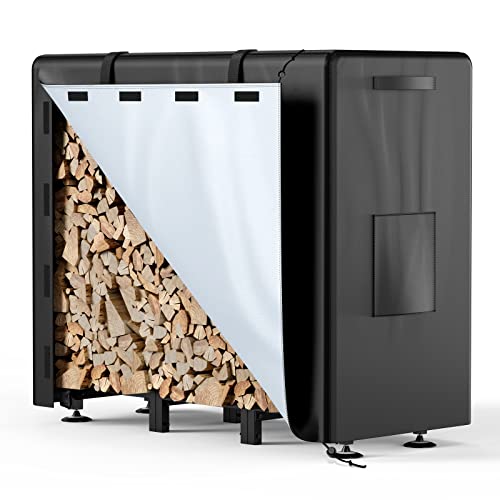
This sturdy fire wood rack is designed for stability, with four reinforced steel beam plates. The UV-resistant rain cover minimizes moisture, which can lead to mold and unwanted pests or harborages.
FAQs
How can I tell if pests are breeding in my walls?
Common signs of pests in walls include scratching noises, especially at night, droppings near baseboards, and greasy marks along walls. You may also notice small holes or gaps where rodents or insects enter and exit. A sudden spike in pest sightings or unpleasant odors can also indicate a growing infestation inside the walls.
What smells can repel breeding pests from hiding in my home?
Many pests dislike strong scents like peppermint, eucalyptus, citronella, and lavender which you can harness with homemade bug sprays and repellent. You can clean with essential oils, which or potent in fragrances, especially when you buy them undiluted.
Mix 10-20 drops with a couple of cups of water and put in a durable amber glass spray bottle, available from Amazon, sprayed around common harborage entry points like baseboards, under sinks, or near other home entry points. Vinegar and citrus peels are also natural deterrents, especially for ants and rodents. Regularly using these scents can create an environment that pests find uninviting and will not setup a harborage in.
How do pests get into homes in colder months?
As temperatures drop, pests seek warmth and shelter, often entering homes through cracks, gaps around windows or doors, or openings in roofs and vents. Rodents can squeeze through holes as small as a coin, while insects slip through tiny crevices. Sealing these entry points and installing weather stripping can help keep pests out during colder months, which then lead into warmer weather and a vital time from colony growth and breeding.
So there you have it – six hidden places in the home pests love to harbor their young, and what to do about it. By targeting their breeding grounds and limiting their resources, you can maintain a pest-free environment and protect your family’s health and comfort.
Our pest control pros have debunked the most popular pest control myths, and the pest control mistakes that will only make infestations worse.
Sign up to the Homes & Gardens newsletter
Design expertise in your inbox – from inspiring decorating ideas and beautiful celebrity homes to practical gardening advice and shopping round-ups.

With more than a decade of experience writing news, lifestyle, consumer, and human interest articles for a wide range of national and international publications, Andy is a highly-qualified journalist writing features for the national press. From front porch to backyard, attic to basement, Andy has written about every area of the home. He specialises in bringing together the best industry expertise to answer all of your most pressing home and garden questions about seasonal and everyday cleaning, decluttering, organizing and DIY.
You must confirm your public display name before commenting
Please logout and then login again, you will then be prompted to enter your display name.
-
 5 surprising but brilliant ways to clean with old socks – from perfectly buffing stainless steel to deterring pests naturally and more
5 surprising but brilliant ways to clean with old socks – from perfectly buffing stainless steel to deterring pests naturally and moreTackle dust in tricky corners, clean your mirrors and even banish bad odors with those rogue single socks
By Andy van Terheyden Published
-
 How to grow astilbe – expert advice on cultivating this shade-tolerant flowering perennial
How to grow astilbe – expert advice on cultivating this shade-tolerant flowering perennialShade-tolerant and pest-resistant - astilbe are hardy and tough perennials that can thrive in many settings
By Ellen Wells Published
-
 I'm a board-certified entomologist and this is the one rodent infestation control mistake I urge you to avoid at all costs – you'll regret it deeply
I'm a board-certified entomologist and this is the one rodent infestation control mistake I urge you to avoid at all costs – you'll regret it deeplyDon't put your health or home at risk
By Daniel Baldwin Published
-
 5 non-toxic mothball swaps that work – ditch chemicals and that horrible odor with these simple but effective alternatives
5 non-toxic mothball swaps that work – ditch chemicals and that horrible odor with these simple but effective alternativesThey'll protect your clothing and closets from moths without harsh chemicals
By Chiana Dickson Published
-
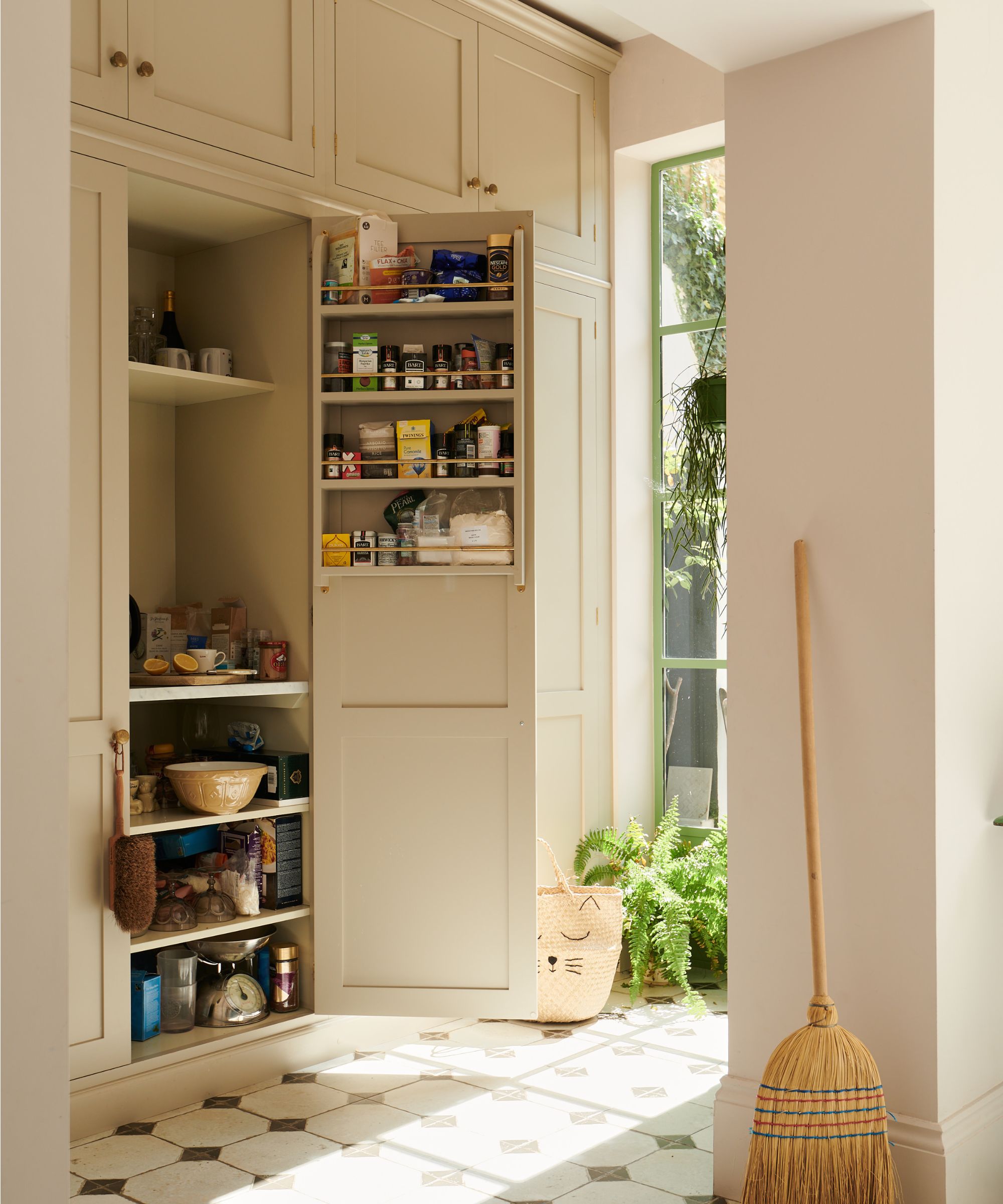 5 non-toxic pest control essentials proven to prevent pests humanely – and why avoiding harsh chemicals is a must to keep your family healthy
5 non-toxic pest control essentials proven to prevent pests humanely – and why avoiding harsh chemicals is a must to keep your family healthyNatural pest repellents are more affordable, too
By Chiana Dickson Published
-
 How to keep stink bugs out of the house – according to entomologists
How to keep stink bugs out of the house – according to entomologistsSeal gaps, reduce plants, and use deterrents, pest experts recommend
By Ottilie Blackhall Published
-
 How to get rid of pill bugs inside your house and banish them for good
How to get rid of pill bugs inside your house and banish them for goodThough harmless, you won't want a pill bug infestation inside, entomologists warn
By Ottilie Blackhall Published
-
 How to get rid of mice in the attic – banish these pesky invaders for good with these top tips from pest control pros
How to get rid of mice in the attic – banish these pesky invaders for good with these top tips from pest control prosFrom what draws them in to how to get them out – experts reveal everything you need to know about dealing with mice in the attic
By Andy van Terheyden Published
-
 Does vinegar kill ants? Pest control pros reveal relying on this pantry staple is a big mistake
Does vinegar kill ants? Pest control pros reveal relying on this pantry staple is a big mistakeVinegar could cause a bigger pest problem
By Chiana Dickson Published
-
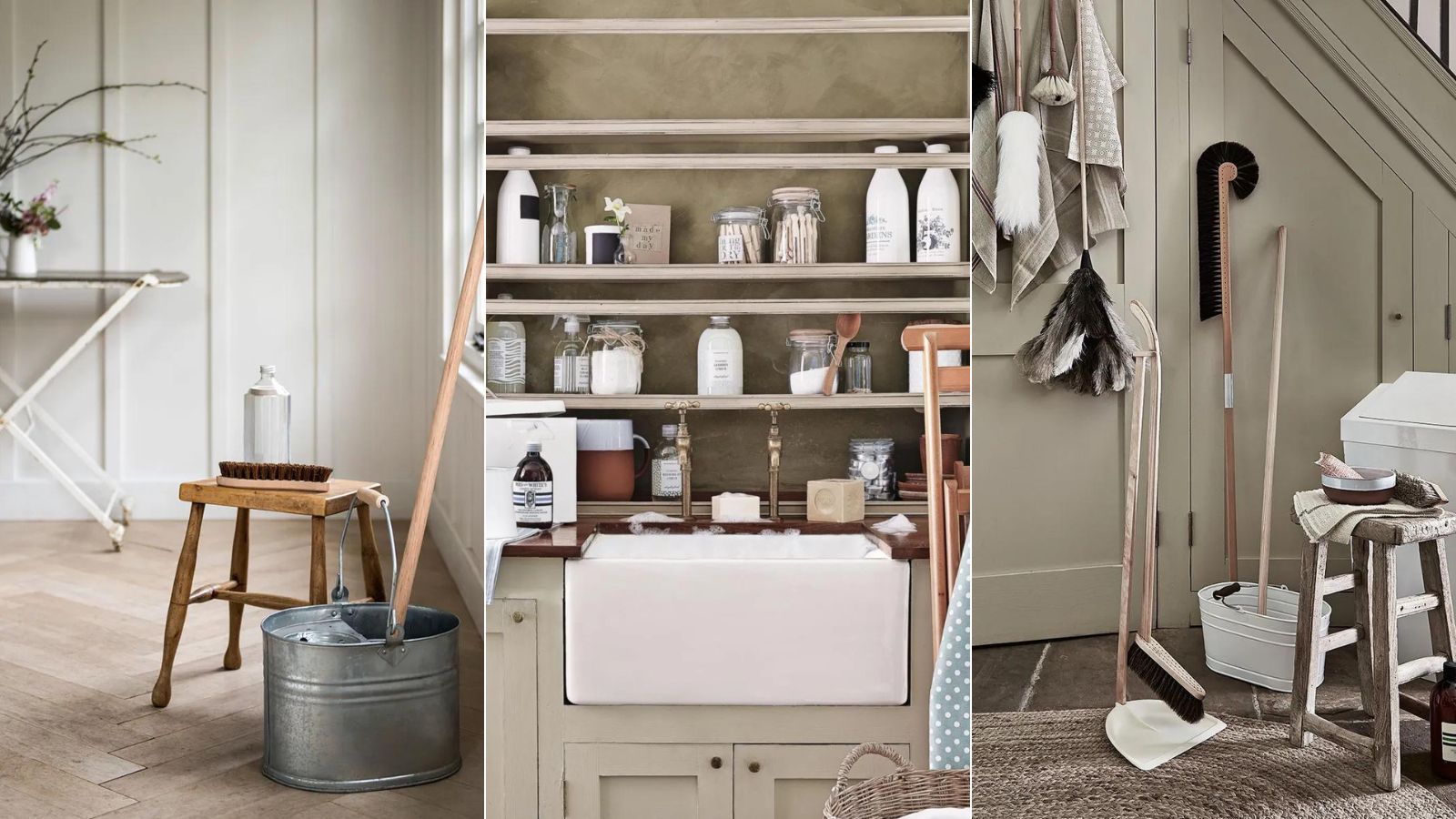 Cleaning trends 2025 – 6 enduring patterns our editors and pros predict you'll see in the New Year including automation, AI and cleaning as self care
Cleaning trends 2025 – 6 enduring patterns our editors and pros predict you'll see in the New Year including automation, AI and cleaning as self careEmbracing new tech and cleaning psychology will improve your task load
By Chiana Dickson Published